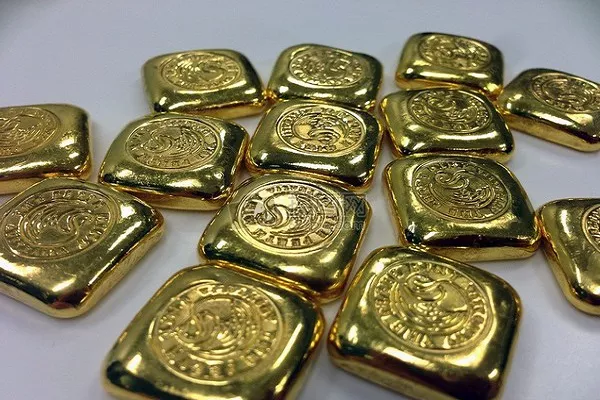Gold has long been revered as a symbol of wealth and opulence, with its allure transcending cultures and civilizations throughout history. One of the most common measures of gold’s purity is the karat system, and 14 karat gold occupies a prominent position in the spectrum. Understanding what 14 karat gold is worth requires a nuanced exploration of its composition, market dynamics, and factors influencing its value.
The Composition of 14 Karat Gold
Karat, often abbreviated as “K” or “kt,” denotes the purity of gold in an alloy. Pure gold is 24 karats, but it is too soft for practical use in jewelry and other applications. Consequently, gold is often alloyed with other metals to enhance durability and strength. In the case of 14 karat gold, it consists of 58.3% pure gold and 41.7% other metals, commonly copper, silver, or nickel.
The inclusion of these other metals not only strengthens the gold but also imparts distinctive colorations. 14 karat gold typically exhibits a warm, muted tone, making it a popular choice for a wide range of jewelry pieces.
Market Dynamics and Pricing
The value of 14 karat gold is intrinsically linked to the prevailing market dynamics of the precious metal. Gold prices are subject to global market forces, including economic conditions, geopolitical events, and currency fluctuations. Investors and jewelry enthusiasts alike closely monitor these factors as they impact the overall worth of 14 karat gold.
Gold is traded on various commodities exchanges, with the prevailing market price quoted per troy ounce. The price is then adjusted based on the karat purity, with 14 karat gold commanding a lower value compared to higher karat counterparts like 18 or 24 karat gold.
Calculating the Value of 14 Karat Gold
To determine the worth of 14 karat gold, it’s crucial to grasp the calculation process. Start by obtaining the current market price of gold per troy ounce. Divide this value by 24 (the maximum karat purity) and then multiply the result by 14 (the karat purity of 14 karat gold). The final figure represents the value of one gram of 14 karat gold.
It’s important to note that the actual selling price may include additional costs, such as fabrication fees, dealer margins, and other associated expenses. Additionally, the presence of gemstones or intricate designs in jewelry pieces can further influence their overall value.
Factors Influencing the Worth of 14 Karat Gold
Gold Market Fluctuations: As previously mentioned, the price of gold is subject to constant fluctuations based on global economic conditions, inflation rates, and geopolitical events. These external factors play a significant role in determining the worth of 14 karat gold.
Supply and Demand: Like any other commodity, the principles of supply and demand exert a substantial influence on the value of 14 karat gold. High demand and limited supply can drive prices upward, while an oversupply may result in a decrease in value.
Currency Strength: The strength or weakness of currencies in relation to one another can impact the price of gold. When the value of a currency decreases, investors often turn to gold as a safe-haven asset, potentially driving up its price.
Jewelry Trends: Consumer preferences and fashion trends also contribute to the worth of 14 karat gold. Changes in style and design preferences can affect the demand for specific types of gold jewelry, influencing their market value.
SEE ALSO What Is A Gold Coin Worth? An In-Depth Analysis
Conclusion
In conclusion, understanding what 14 karat gold is worth involves delving into its composition, market dynamics, and the various factors that contribute to its overall value. As a blend of durability and elegance, 14 karat gold holds a special place in the world of jewelry and investment.
For those considering purchasing or selling 14 karat gold, staying informed about market trends, gold prices, and relevant economic indicators is essential. By keeping a keen eye on these factors, individuals can make informed decisions regarding the acquisition or sale of 14 karat gold, ensuring they navigate the dynamic landscape of the precious metals market with confidence.


